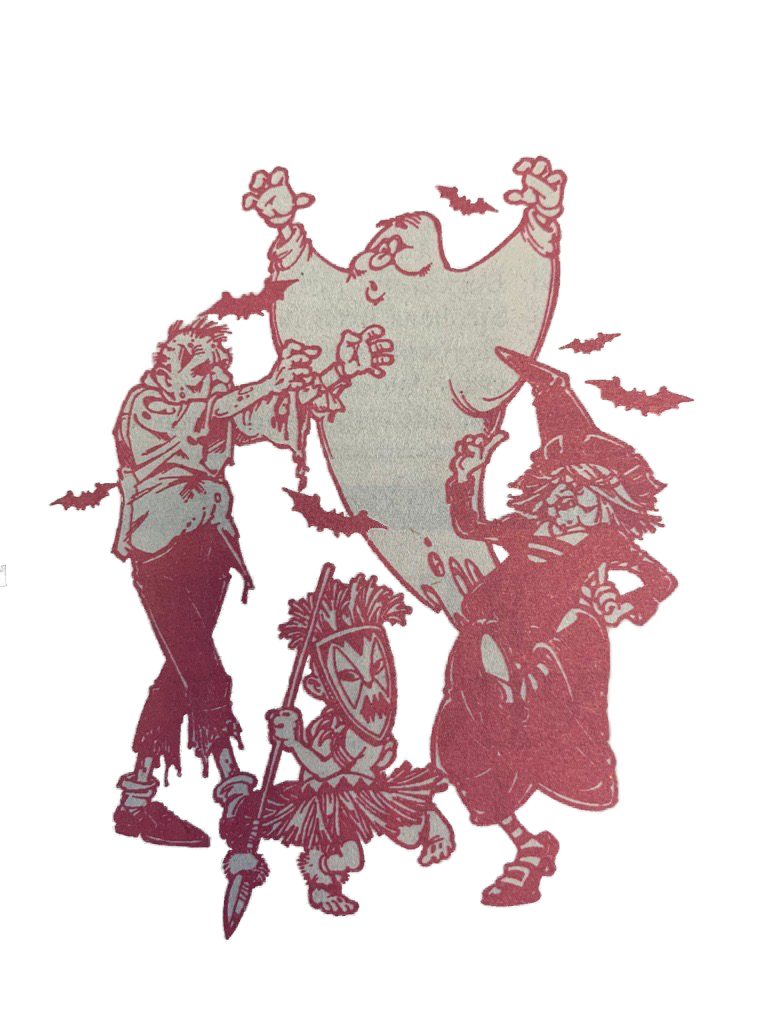Despite a major increase in tuition, UTD has managed to grow “comfortably” with projected growths in enrollment and credit hours registered.
According to numbers provided by Associate Provost and Dean of Undergraduate Studies Michael Coleman, UTD had 13,660 students enrolled as of Wednesday, Aug. 18. Based on trends from previous days, Coleman estimated that 400-500 more students would register on both Thursday and Friday, the last two days of registration.
Compared to the final Fall 2003 enrollment (reported on Census Day last fall) of 13,955 combined undergraduate and graduate students, this estimate would fall in line with the unofficial prediction of Executive Vice President of Academic Affairs and Provost Hobson Wildenthal, who speculated a 3-5 percent growth in enrollment and a 5 percent increase in registered credit hours.
Such a growth rate, Wildenthal said, is akin to a “happy university Gross Domestic Product,” whereby the university grows within its means without causing stress due to insufficient funds, faculty or resources.
Both Wildenthal and Coleman noted that official estimates could not be provided until Census Day Sept. 3 and that the reported numbers represent current indications.
Wildenthal said first-time, first-year freshmen continue to increase proportionally to the overall enrollment even though completed applications decreased 10-15 percent. Wildenthal suggested that stricter standards in defining a “completed application” may have caused the decline.
According to Coleman, the 1,237 registered freshmen as of Aug. 18 graduated in the top 19 percent of their high school class and bring with them an average SAT score of 1238, up from 1225 in 2003.
Coleman added that freshman entries in the School of Art & Humanities are up to 100 from 57 in 2003; meanwhile, biology and chemistry majors increased to 191 and 82 from 162 and 29 respectively. The School of Engineering and Computer Science will see a substantial increase among electrical engineering freshmen, but the number of undeclared students will drop significantly, he said, adding, “that doesn’t mean they won’t change their mind.”
These numbers, Coleman noted, reveal that for two consecutive years, UTD has expanded its enrollment while increasing its incoming students’ average SAT scores. This trend, he said, reflects President Franklyn Jenifer’s desire to emphasize the quality of students over quantity.
Coleman credited the improvement to UTD’s selective admittance policy. Based on statistics from 2002 and 2003 Integrated Postsecondary Education Data System (IPEDS) data sets, UTD admitted only 49 percent of applicants compared to 77, 94 and 99 percent admitted by fellow UT System schools UT Arlington, UT El Paso and UT San Antonio.
The IPEDS reports also indicated that, on the basis of SAT scores and admittance rates, UTD’s incoming students more closely resemble those of UT Austin than the branch universities of the UT System.
Prior concerns that increased tuition rates would reduce enrollment overlooked the fact that the tuition increases would occur statewide, Wildenthal said. Although UTD press releases claimed undergraduate tuition and fees increased to $3,181 from $2,521 (based on 15 credit hours) in fall 2003, the growth rate remained steady. This tendency signifies that the tuition increase did not place UTD at a competitive disadvantage with other universities, Wildenthal said.



